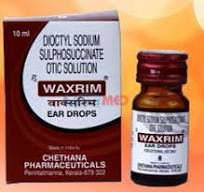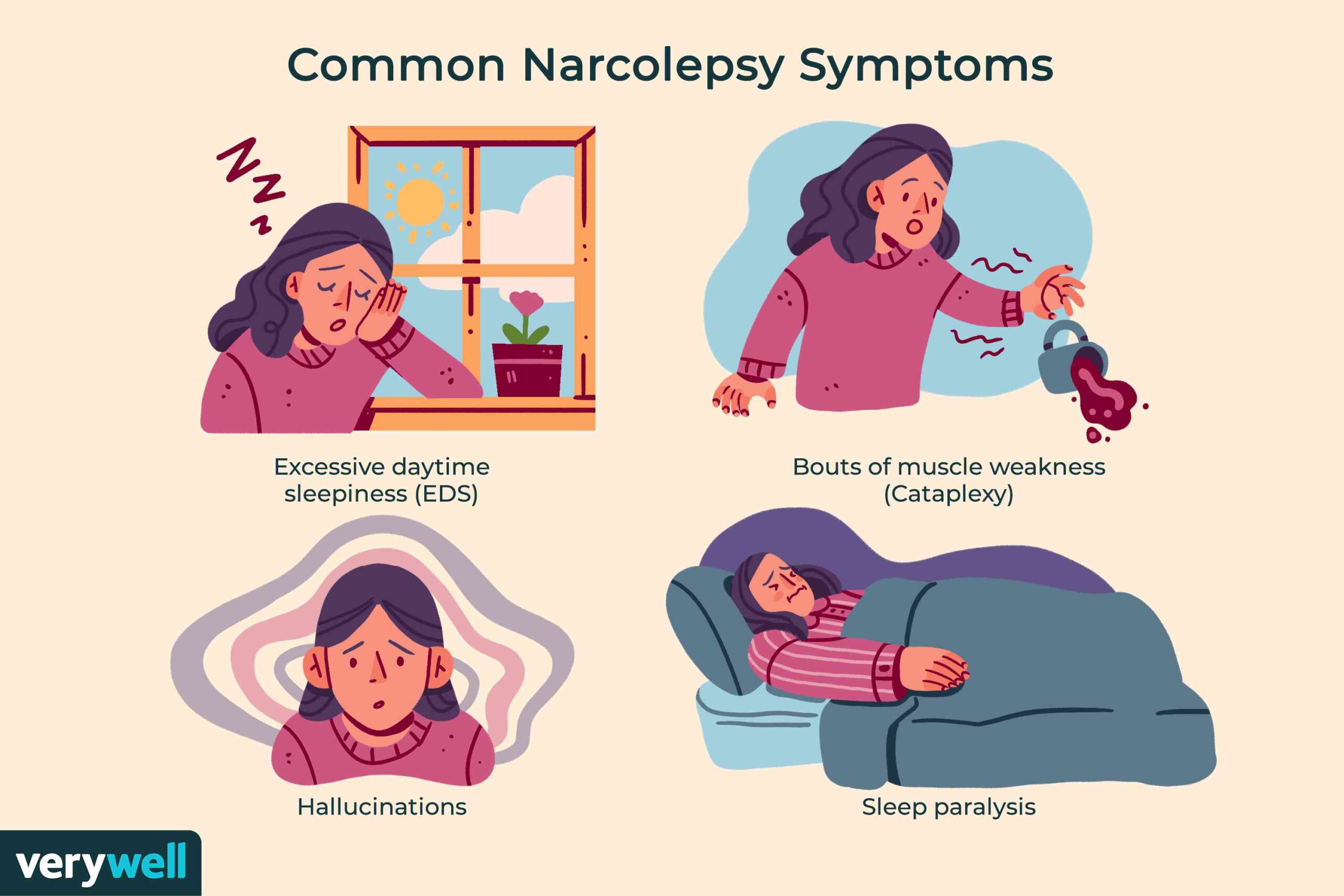What is the use of ear wax solvent ? -various aspects-


Ear wax should be removed by a qualified ENT specialist doctor.
Ear drops should only be used to remove earwax.
Ear drops should only be purchased with a prescription from qualified ENT specialist doctor.
So people ask why read so much about health issues?
The answer is that your recovery is better.
Waxrim ear drops –
This medicine is used to treat earwax build-up. It helps to loosen, loosen and remove earwax. Too much earwax can block the ear canal and reduce hearing. This medicine releases oxygen and starts foaming when it comes in contact with the skin. Foam helps break up and remove earwax. Consult your doctor before using this product for children under 12 years of age.
How to use ear drops
This medicine is for ear use only. Apply this medicine in the ear usually twice a day or as directed by your doctor. Do not use this medication for more than 4 days at a time unless directed by your doctor. Follow all directions on the product package. Ask your doctor or pharmacist if you have any questions.
If possible, have someone else inject the dropper to get the right amount of medicine without touching the ear with the dropper. To reduce the risk of distortion, hold the bottle in your hand for a few minutes to warm it up.
To use the ear drops, wash your hands first. To avoid contamination, do not touch the tip of the dropper or allow it to touch the ear or other surfaces. Lie on your side or tilt the affected ear up. Keep the dropper above the ear and pour 5-10 drops into the ear canal. To get the drops into an adult’s ear, hold the ear up and back. In children, keep the ear down and back. Turn your head for a few minutes or put a soft cotton plug in your ear.
If wax remains after treatment, it can be removed by gently washing the ear with warm water or using an ear syringe with a soft rubber bulb. Talk to your doctor or pharmacist about safe earplug use.
Do not wash the spray. Replace the drop cap after use.
Avoid getting this medicine in the eyes. If this happens, rinse your eyes with water.
If your condition persists or worsens after 4 days of use, or if you think you have a serious health problem, consult a doctor.
Methylparaben is a product that softens earwax. It works to soften dry and hardened earwax. This makes it easier to remove the wax and reduces ear pain.
Dioctyl sodium sulfosuccinate (DOSS)-DSS is sodium docosate or alkyl sulfate containing two short hydrophobic 8-carbon branches and a hydrophilic sulfosuccinate moiety. Contains Waxrim ear drops, which are mainly used as surfactants and emulsifiers rather than wax solvents. Its main function is to reduce the surface tension between water and oil, so it is useful in formulations where emulsification or dispersion is required.
Solvents such as alcohols (e.g. ethanol, isopropanol), glycols (e.g. propylene glycol) and special wax solvents are generally better at removing beeswax. These solvents break the chemical bonds in the wax structure and dissolve it.
If you want to get rid of beeswax, DOSS may not be the best choice because it works primarily as a solvent, not a solvent. Depending on your application, you may want to use a solvent known to remove wax. This medication is used to treat ear infections. It helps to loosen, loosen and remove earwax. Too much earwax can block the ear canal and reduce hearing. This medicine releases oxygen and starts foaming when it comes in contact with the skin. Foam helps break up and remove earwax. Consult your doctor before using this product for children under 12 years of age. Benzocaine: This is a topical pain reliever that helps relieve pain and discomfort associated with earwax build-up or irritation. It doesn’t dissolve the wax directly, but it does help with the marks.
Chlorobutol: This is an antimicrobial agent that also works as a local anesthetic. This helps prevent infection and reduce pain. Paradichlorobenzene: This compound is often used in ear drops to protect and remove earwax. This will help break up the wax and make it easier to remove from the ear canal.
Turpentine Oil: This oil has a solvent that can remove earwax. It also has mild antiseptic properties.
These ingredients in Soliwax ear drops are formulated together to relieve earwax-related symptoms, such as pain and discomfort, and help soften and loosen the wax. pi. However, effectiveness may vary from person to person, and it is important to use the drops as directed by your doctor or according to the product label.
If you are concerned about using these drops, or if you notice any side effects, we recommend that you consult your doctor.
For ear wax issues if you want to consult ENT specialist doctor pl click on the link given below-
www.entspecialistinnashik.com
Dioctyl sodium sulfosuccinate (DOSS) on one side and paradichlorobenzene, oil of turpentine on the other, which one is better at getting rid of earwax?
Between dioctyl sodium sulfosuccinate (DOSS) and paradichlorobenzene and oil of turpentine, paradichlorobenzene and oil of turpentine are said to be better at removing earwax.
This is because:
Paradichlorobenzene: This compound contains solvents that contribute to ear damage. This will soften the wax and make it easier to remove from the ear canal.
Oil of turpentine: Although oil of turpentine is primarily used for its solvent properties, it has mild anti-inflammatory properties that can help prevent inflammation that occurs in an irritated ear canal.. On the other hand, dioctyl sodium sulfosuccinate (DOSS) is often used as a surfactant in ear drops. It helps loosen and remove wax residue from the ear canal, but may not be as effective at removing earwax as paradichlorobenzene or oil of turpentine.
Therefore, a combination of paradichlorobenzene and oil of turpentine may be more effective in getting rid of earwax. It is important to understand that everyone’s reactions to ear drops may be different, and it is best to follow the advice of your otolaryngologist when using ear care products.
How to use ear drops
This medicine is for ear use only. Apply this medicine in the ear twice a day or as directed by your doctor. Do not use this medication for more than 4 days at a time unless directed by your doctor. Follow all directions on the product package. Ask your doctor or pharmacist if you have any questions.
If possible, have someone else inject the resistance to ensure that the correct amount of medicine is given without touching the ear with the dropper. To reduce the risk of distortion, hold the bottle in your hand for a few minutes to warm it up.
To use the ear drops, wash your hands first. To avoid contamination, do not touch the resistance end, let it touch the ear or other surfaces. Lie on your side or tilt the affected ear up. Keep the dropper above the ear and pour 5-10 drops into the ear canal. To get the drops into an adult’s ear, hold the ear up and back. In children, keep the ear down and back. Hold your head for a few minutes or put a soft cotton plug in your ear.
If wax remains after treatment, it can be removed by gently washing the ear with warm water or using an ear syringe with a soft rubber bulb. Talk to your doctor or pharmacist about safe earplug use.
Do not wash the spray. Replace the drop cap after use.
Avoid getting this medicine in the eyes. If this happens, rinse your eyes with water.
If your condition persists or worsens after 4 days of use, or if you think you have a serious health problem, consult a doctor.
We all know that experienced doctors and specialists have limited time to visit patients in their clinics.
Therefore, if the patient asks the ABC of the subject, the otolaryngologist cannot answer.
So it’s better to think ahead..
For further information in great detail on use of ear wax solvent and use of Waxrim ear drops pl click on the link given below- It is always better to view links from laptop/desktop rather than mobile phone as they may not be seen from mobile phone. ,in case of technical difficulties you need to copy paste this link in google search
for related youtube video on this topic please click on the link given below-




